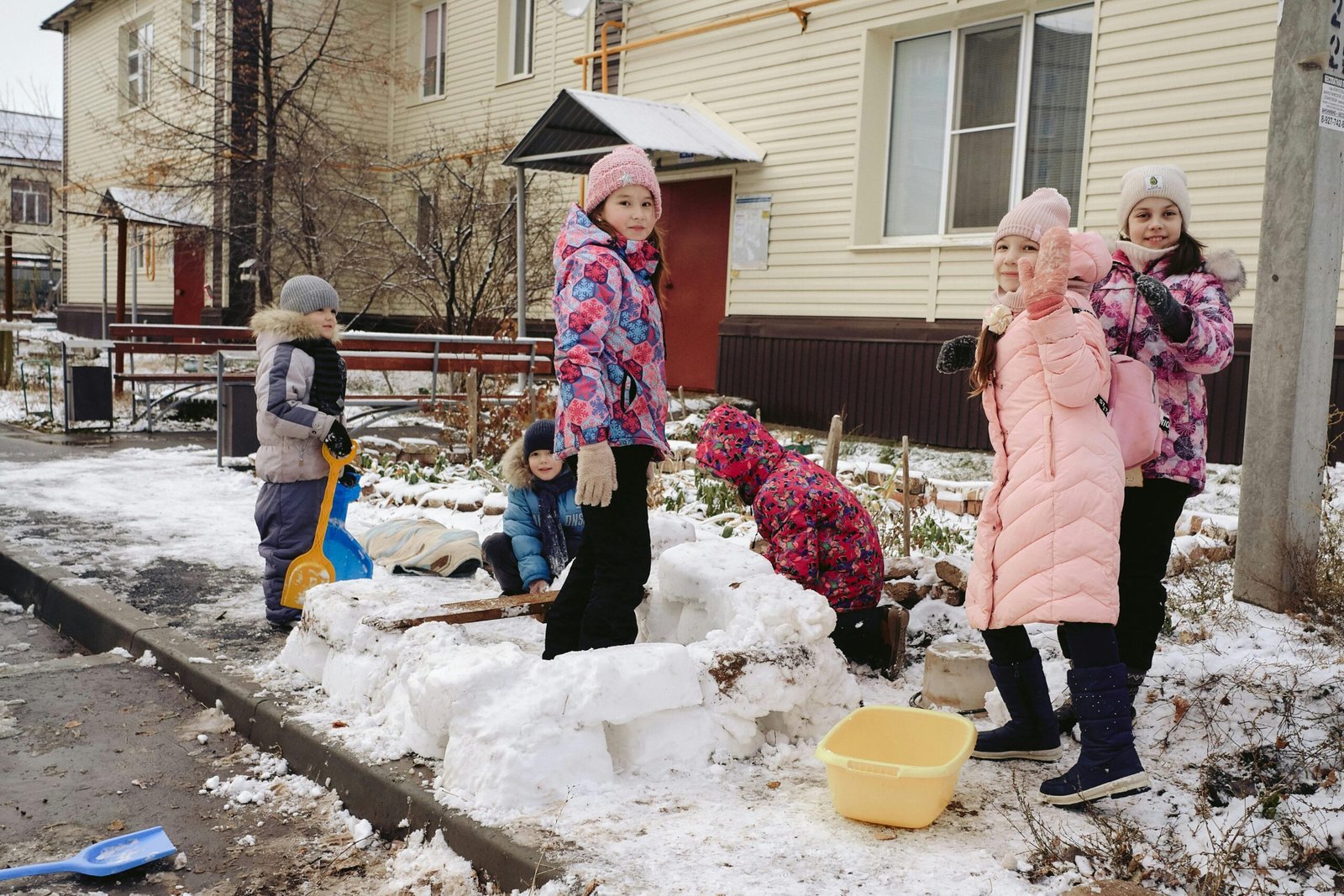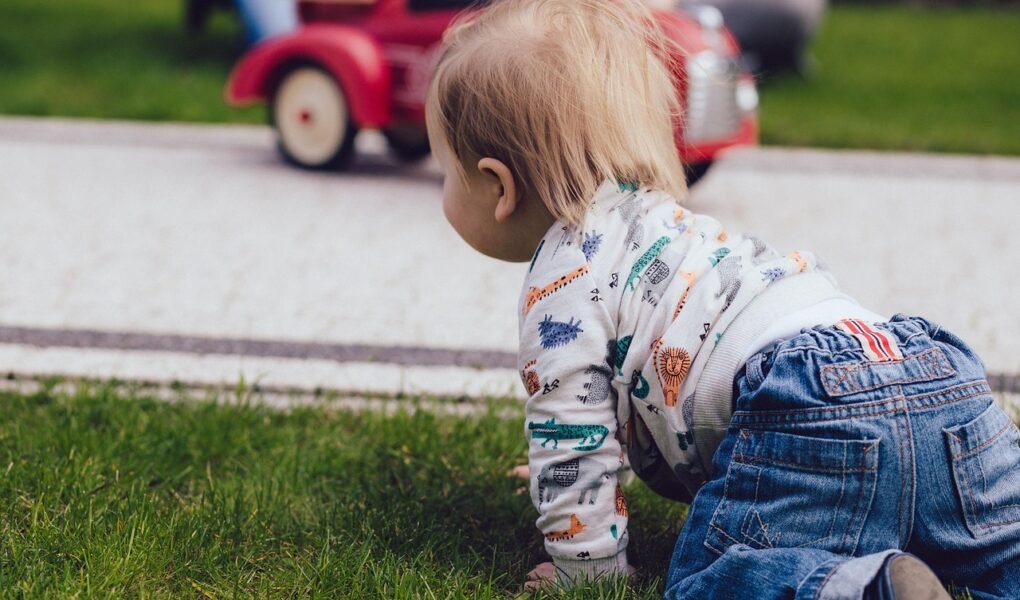Hello, sweet parent! Have you ever noticed how your little ones seem to light up the moment they step outside? There’s something almost magical about watching our children discover the world beyond our front door. Today, I want to share with you the incredible benefits of outdoor play for your child’s development—and trust me, the research backs up what our parent hearts already know: nature is one of the best teachers our kids will ever have.
Whether you’re dealing with a toddler who seems to have endless energy or a school-age child glued to their tablet, outdoor play offers something special for every stage of development. Let’s explore how stepping outside can nurture your child’s body, mind, and heart in ways that will benefit them for years to come.
Building Strong Bodies Through Nature’s Playground
Our children’s bodies are designed to move, climb, run, and explore—and the great outdoors provides the perfect gymnasium. When kids play outside, they’re naturally engaging in activities that build gross motor skills, strengthen muscles, and improve coordination in ways that indoor play simply can’t match.
Think about it: when your child climbs a tree, they’re working on balance, hand-eye coordination, and problem-solving all at once. When they run through tall grass or navigate uneven terrain, they’re building proprioception—that important sense of where their body is in space. These experiences create strong, confident little bodies that are better prepared for physical challenges throughout life.
Research consistently shows that children who spend more time outdoors have lower rates of obesity and stronger cardiovascular health. But beyond the statistics, I’ve seen it firsthand with my own kids. My youngest, who used to struggle with balance, became so much more confident after we started regular nature walks where he could practice on logs, rocks, and hillsides. The outdoor environment naturally encourages the kind of varied movement that develops well-rounded physical abilities.
The beauty of outdoor play is that it doesn’t feel like exercise to our kids—it feels like adventure! Whether they’re jumping in puddles, building snow forts, or chasing butterflies, they’re getting the physical activity their growing bodies crave while having an absolute blast.
Nurturing Mental Health and Cognitive Growth
Here’s something that might surprise you: outdoor play is like a reset button for your child’s developing brain. In our screen-heavy world, nature offers a gentle respite that allows young minds to process, wonder, and grow in remarkable ways.
Studies have shown that children who spend regular time outdoors demonstrate improved attention spans, reduced anxiety, and better emotional regulation. There’s even a term for it—”nature deficit disorder”—coined by author Richard Louv to describe the mental health challenges that can arise when children become disconnected from the natural world.
When your child spends time outside, they’re engaging in what researchers call “soft fascination”—the gentle capture of attention that happens when watching clouds drift by or listening to birds sing. This type of mental engagement actually helps restore their ability to focus and concentrate, making them better prepared for learning and problem-solving.
I’ve noticed this with my own children time and again. After a morning spent outdoors, they come inside calmer, more creative, and better able to tackle homework or quiet activities. It’s as if nature has helped organize their thoughts and settle their spirits.
Outdoor play also encourages what we call “divergent thinking”—the ability to come up with creative solutions and see multiple possibilities. When children play with sticks, leaves, and rocks, they’re constantly inventing new games and stories. That pile of autumn leaves becomes a fort, a treasure chest, or a cozy bed for their stuffed animals. This kind of open-ended play builds cognitive flexibility that serves them well in all areas of life.
Developing Social Skills in Nature’s Community

One of the most beautiful aspects of outdoor play is how naturally it brings children together and teaches them to navigate social relationships. When kids play outside, they often engage in what child development experts call “loose parts play”—using natural materials that can be combined and recombined in endless ways. This type of play requires cooperation, negotiation, and creative problem-solving.
Watch a group of children building a fort out of branches and leaves, and you’ll see democracy in action. They’ll debate the best design, assign roles, compromise on materials, and work together toward a common goal. These are the same skills they’ll need throughout life—in friendships, family relationships, and eventually in their careers.
Outdoor play also tends to be more inclusive than many indoor activities. Nature doesn’t have a “right” or “wrong” way to play, which means children of different ages and abilities can often participate together. The shy child might find their voice when teaching others about the insects they’ve discovered, while the natural leader learns to listen to different perspectives about how to build the best sandcastle.
Research from environmental psychology shows that children who regularly play in natural settings develop stronger empathy and social skills. Perhaps it’s because nature encourages us to slow down and really notice each other, or maybe it’s because working together in the outdoor environment creates a special kind of bond.
Creative Ideas for Outdoor Adventures
Now that we’ve talked about all these wonderful benefits, you might be wondering how to make outdoor play a regular part of your family’s routine. The good news is that you don’t need elaborate equipment or perfect weather to get started!
Start simple with what I call “nature scavenger hunts.” Create a list of things to find during your walk: something smooth, something rough, something that makes noise, something beautiful. This turns any outdoor space into an adventure zone and helps children develop their observation skills.
Consider creating a “nature art studio” in your backyard or local park. Bring along a simple collecting bag and let your children gather leaves, flowers, stones, and twigs to create temporary masterpieces. They can make faces out of rocks, weave grass into patterns, or build tiny houses for imaginary creatures.
Water play is another fantastic option that works in any season. Summer might mean sprinklers and water tables, while winter offers the magic of snow and ice exploration. Even on rainy days, puddle jumping (with proper boots, of course!) can provide joy and sensory experiences that indoor play can’t match.
Don’t forget the power of simply being outside together. Some of our most meaningful family moments have happened during unstructured outdoor time—lying on a blanket looking at clouds, having impromptu picnics, or just sitting quietly and listening to the sounds around us.
Embracing All Seasons and Weather
I know what you’re thinking: “This all sounds wonderful for sunny summer days, but what about when it’s cold, rainy, or snowy?” Here’s the truth —there really is no such thing as bad weather, only inappropriate clothing! Each season offers its own unique gifts for our children’s development.
Winter play builds resilience and teaches children that they’re stronger than they think. Building snowmen, sledding, or even just taking a crisp walk helps develop what researchers call “weather resilience”—the confidence to be comfortable in various conditions. Studies from Scandinavian countries, where outdoor play happens year-round, show that children who play outside in all weather have stronger immune systems and fewer sick days.
Rainy days offer wonderful sensory experiences and teach children about natural cycles. The sound of rain, the feel of wet leaves, the smell of petrichor (that fresh scent after rain)—these experiences create rich sensory memories and help children feel connected to the natural world.
The key is preparation and mindset. Invest in good outdoor gear for your family, and approach different weather as opportunities for new kinds of adventures rather than obstacles to overcome.
As I watch my own children grow and thrive through their outdoor adventures, I’m constantly reminded of how wise our instincts are as parents. When we encourage our little ones to step outside and explore, we’re giving them gifts that will last a lifetime: strong bodies, peaceful minds, kind hearts, and the confidence to take on whatever challenges life brings their way.
Remember, you don’t need to be a nature expert or have access to pristine wilderness to give your children these benefits. A backyard, a local park, or even a tree-lined sidewalk can become a classroom for growth and discovery. What matters most is that we’re saying yes to adventure, yes to fresh air, and yes to the incredible learning opportunities that await just outside our door.
So grab those jackets, slip on those shoes, and step outside with your little ones today. The great outdoors is waiting to work its magic on your family, one adventure at a time.




What’s your favorite outside family activity? Next year, I think we will plant a Lightning Bug — or Firefly sanctuary to help attract more of those beautiful creatures to our yard!